Deck & Commander Strategies

Cloud, Midgar Mercenary
An equipment matters deck focused on equipping Cloud with multiple artifacts to trigger card draws and maintain board presence. The deck uses synergy between equipment and creatures to generate value, leveraging recursion and card draw engines to outpace opponents.
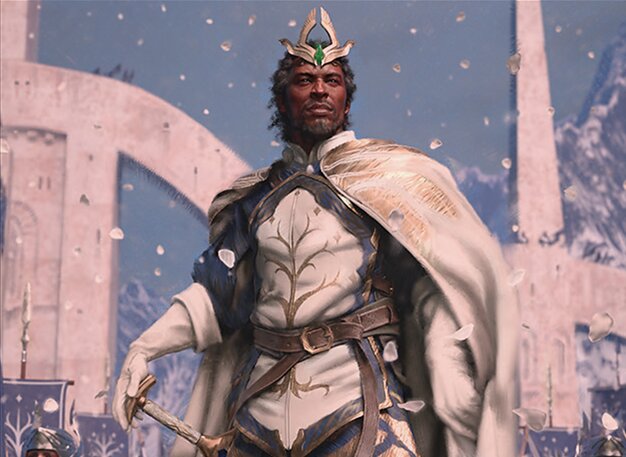
Aragorn, King of Gondor
A control-oriented deck that uses removal, board wipes, and tactical plays to disrupt opponents and stabilize the board. It employs the monarch mechanic and strategic creature deployment to outlast aggressive strategies and capitalize on attrition.
Gameplay Insights
- 1
Equipping Cloud with multiple equipments early on was crucial for triggering card draw and maintaining pressure.
- 2
The use of Parallax Wave by Aragorn to exile creatures was effective in controlling the board but was limited by Cloud's protective equipment like Lava Spur Boots.
- 3
Prewar Formalwear enabled recursion of Cloud, allowing the Cloud player to sustain their threats and keep up momentum after removal spells.
- 4
Treachery was a high-risk, high-reward play by Aragorn to steal key creatures, but losing tempo if the creature was removed immediately was a significant drawback.
- 5
Skullclamp synergized exceptionally well with low-toughness creatures to refill the hand, keeping Cloud's player ahead on resources.
- 6
Aragorn's control strategy hinged on carefully timed removal and leveraging the monarch mechanic to gain incremental advantages.
Notable Cards
-

Cloud, Midgar Mercenary
-
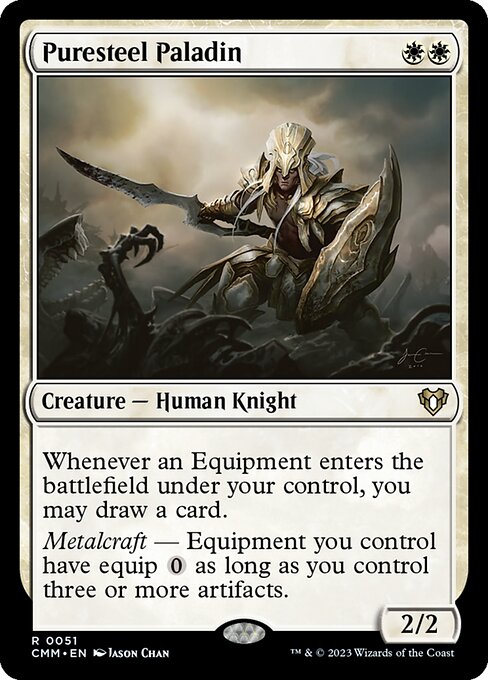
Puresteel Paladin
-

Skullclamp
-
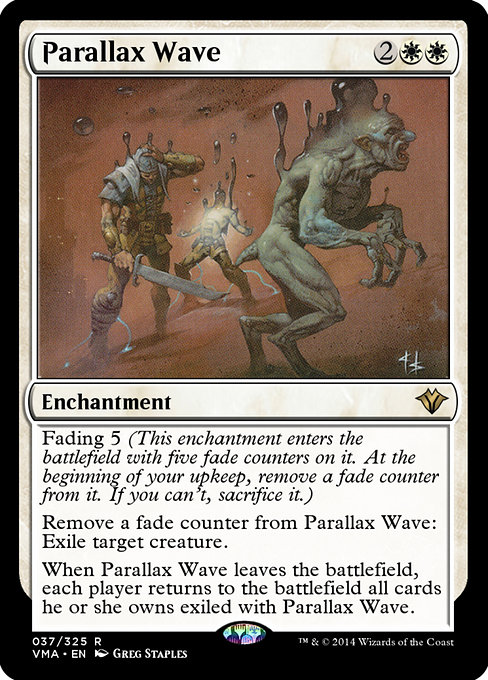
Parallax Wave
-
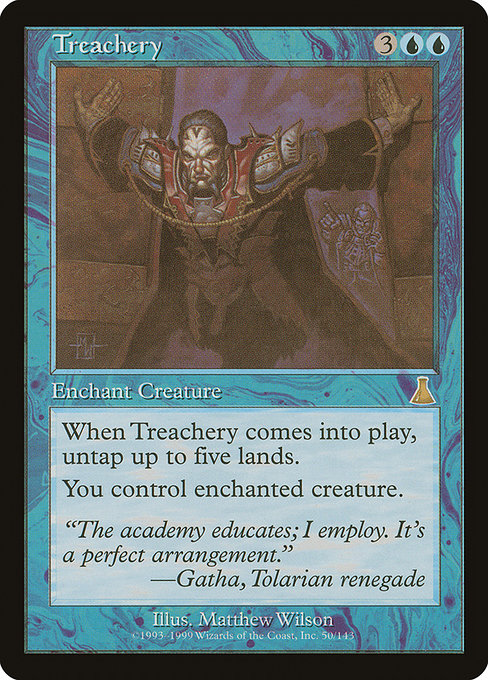
Treachery
-
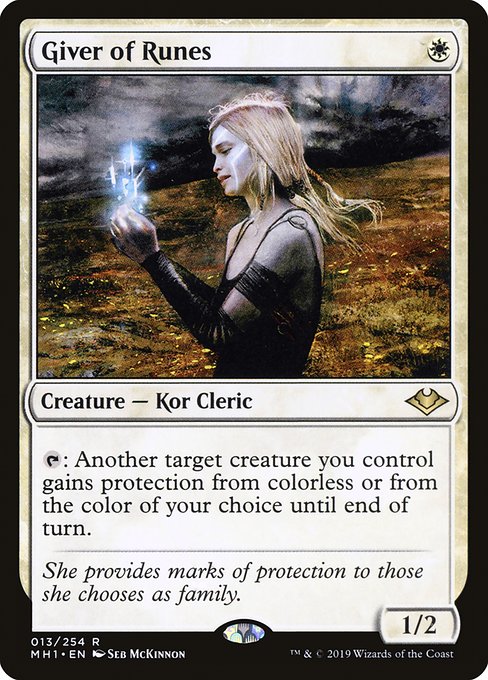
Giver of Runes
-
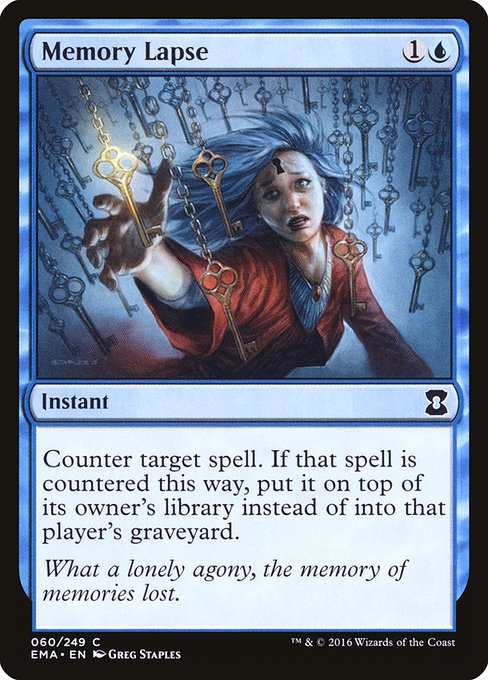
Memory Lapse
-
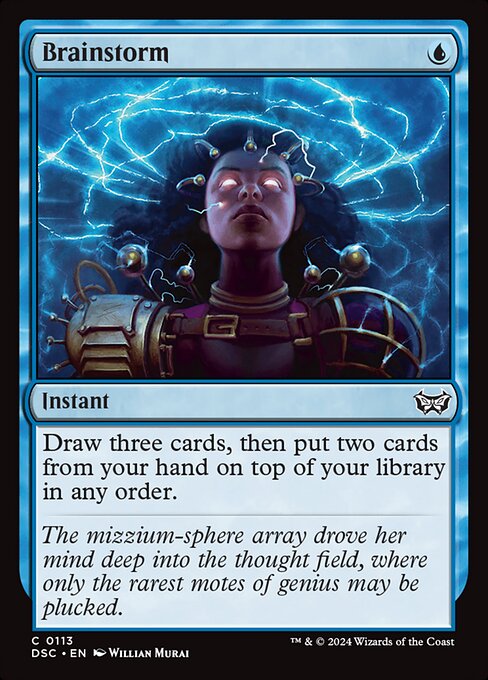
Brainstorm
Gameplay Summary
The duel commander match featured a clash between Cloud, Midgar Mercenary, an equipment-centric deck, and Aragorn, King of Gondor, which leans on battlefield control and tactical plays.
Early on, Cloud quickly established board presence by assembling equipment like Lava Spur Boots and deploying key creatures such as Puresteel Paladin and Outlaws of Thunder Junction to enable multiple equipment synergies.
The Cloud player effectively leveraged card draw engines, notably Skullclamp, to maintain hand advantage and pressure on Aragorn's defenses.
Aragorn responded with removal spells like Oust and Parallax Wave to keep Cloud's board in check, as well as tactical plays involving the monarch mechanic and other control elements to stabilize the game state. A significant turning point came when Cloud's player utilized Prewar Formalwear to bring back Cloud and re-equip it, maintaining momentum and card advantage.
Meanwhile, Aragorn's player struggled to deal with the persistent threat of equipment and Cloud's evasive creatures.
The use of Treachery to steal Cloud and other threats showed a desperate but impactful attempt to seize the board, though it came with the risk of losing tempo if the stolen creature was removed immediately.
The game highlighted the tension between Cloud's aggressive, equipment-driven strategy and Aragorn's control and attrition plan, with Cloud's consistent card draw and equipment recursion proving difficult to overcome.






















